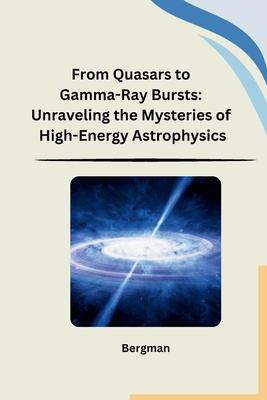Astrophysics has always been a captivating field, delving into the mysteries of the universe and providing glimpses into the workings of celestial objects. However, it is in the realm of high-energy astrophysics that the universe truly reveals its most extreme phenomena. From quasars to gamma-ray bursts, this subchapter explores the historical milestones that have unraveled the mysteries of high-energy astrophysics.
In the early 20th century, the study of astrophysics was primarily focused on the visible light emitted by stars and galaxies. It wasn't until 1932 that the first cosmic rays, highly energetic particles from space, were discovered by physicist Victor Hess. This groundbreaking observation hinted at the existence of high-energy phenomena beyond the reach of traditional telescopes.
The discovery of the first X-ray source outside our solar system in 1962 marked a turning point in high-energy astrophysics. Astronomers soon realized that X-rays and gamma-rays, with their much higher energies than visible light, could provide vital information about the most energetic processes in the universe. Exploratory missions, such as the Uhuru satellite launched in 1970, opened a new window for studying high-energy astrophysics.
The birth of X-ray astronomy gave rise to incredible findings. In 1967, the first X-ray pulsar, a rapidly rotating neutron star, was discovered. This revelation paved the way for understanding the behavior of matter under extreme gravitational forces. Subsequently, in 1974, the discovery of the first X-ray binary system, where a compact object accretes matter from a companion star, provided further insights into the dynamics of high-energy processes.
The 1990s marked a new era with the launch of the Compton Gamma Ray Observatory. This satellite enabled astronomers to observe gamma-ray bursts, the most energetic events in the universe, for the first time. These fleeting bursts of gamma-rays, lasting only a few seconds, puzzled scientists and sparked a race to understand their origins. It wasn't until 1997 that the first optical afterglow of a gamma-ray burst was detected, leading to the realization that these cataclysmic events were associated with the explosive deaths of massive stars.
With the advent of space-based observatories like the Chandra X-ray Observatory and the Fermi Gamma-ray Space Telescope, high-energy astrophysics has continued to push the boundaries of our knowledge. These observatories have revealed the existence of supermassive black holes at the centers of galaxies, shedding light on their role in the evolution of cosmic structures.
